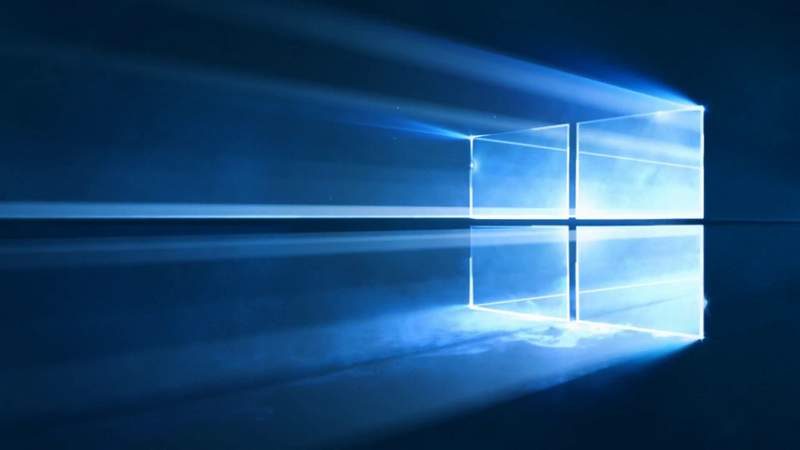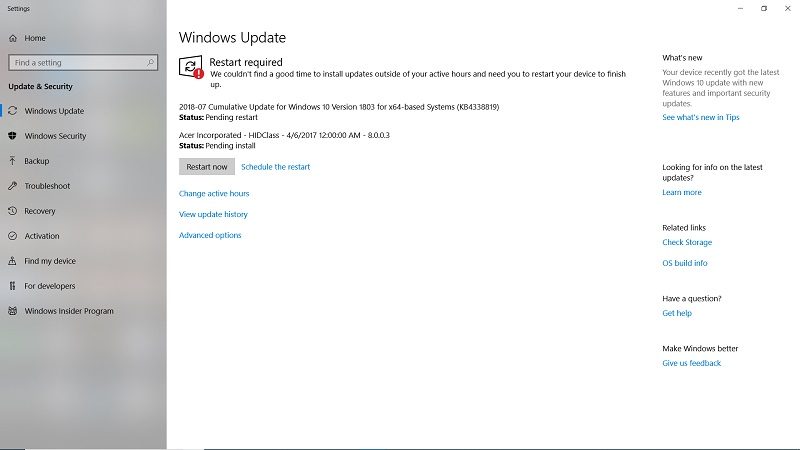Windows 10 Will More Carefully Schedule Reboots
Samuel Wan / 6 years ago

Windows 10 Will Do Fewer Surprise Restarts
With Windows 10, Microsoft moved to a new style of support. Instead of slower, larger updates, Redmond has switched to delivering updates more often. As part of the move to software as a service, restarts after updates are more or less automatic. To make these forced reboots less annoying, the company is rolling out a new prediction service. The new machine learning model will defer updates for short breaks away from the system.
Microsoft chose to enforce updates partly due to security concerns. Previous versions of Windows allowed users to defer updates. This meant that some users wouldn’t get a security fix until much later. To remedy this, Microsoft forces updates to be installed for some types of Windows 10 builds. This means most users of Windows 10 get a forced update and the attached automatic restart. Obviously, this has not been happy news for some users.

Microsoft Aims to Distinguish Coffee Breaks from Lunch Breaks
On top of previous changes that allowed more control, Microsoft is trying to improve user detection. Right now, if the user doesn’t make a choice, the system will automatically reboot when it thinks the user will be away. However, the system is a bit too eager. This gives the users a nasty surprise if they come back after getting a coffee or a snack. The new system will use machine learning to figure out user behavior. The goal is to distinguish a coffee break for instance from a much longer lunch break.
Due to the new model, Microsoft aims to reduce user ire about restarts. For the savvy user, they still have the choice to defer the update manually for some time. This will hopefully lead to fewer interruptions of workflow and productivity. So far, the model has proven effective for internal testing. With machine learning, the system likely track user patterns of activity. It will be interesting to see if Microsoft can deliver on this promise.



















